
views
- The ????️⚧️ (trans flag) emoji is used by transgender individuals to express their gender identity.
- Alternatively, the ????️⚧️ (trans flag) emoji can be used by LGBTQ+ allies looking to digitally support the trans community.
- Not all devices can display the colorful flag emoji—instead, they show a combo of the ????️ (white flag) and the ⚧️ (transgender symbol) emojis.
????️⚧️ (trans flag) Emoji Meaning

The ????️⚧️ (trans flag) emoji represents the transgender pride flag. Similar to the ????️???? (rainbow flag) emoji (a symbol of the LGBTQ+ community), the ????️⚧️ (trans flag) emoji stands for the trans pride flag, a symbol that is widely used by members of the trans community. It features 5 equal-sized horizontal stripes: the 1st and 5th are light blue, the 2nd and 4th are light pink, and the 3rd/central stripe is white. On some devices, the ????️⚧️ (trans flag) emoji might appear as a combination of the ????️ (white flag) and ⚧️ (transgender symbol) emojis. In Unicode, the emoji uses a mixture of U+1F3F3, U+FE0F, U+200D, U+26A7, and U+FE0F.
How to Use the ????️⚧️ (Trans Flag) Emoji
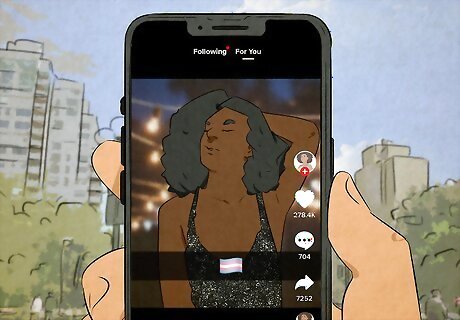
Use the ????️⚧️ (trans flag) emoji to express your identity online. You might like to include the emoji somewhere in your social media profile, like on Twitter/X. You might also choose to include your preferred pronouns with this emoji. Important note: While the trans flag (and the ????️⚧️ (trans flag) emoji, by association) is often associated with binary trans identities (like trans men and trans women), you can also use it to represent your non-binary identity (people who don’t identify within the gender binary). Ultimately, it depends on you—you may feel really comfortable in trans spaces and feel like the flag represents you well, or you might not necessarily identify with the flag as much. There's nothing wrong with not using the flag (or the emoji, by extension) if it doesn't feel like a good fit for your identity!
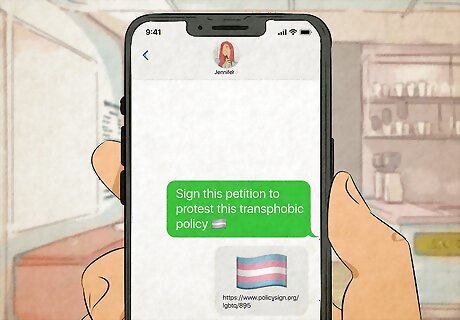
Offer support to the trans community by using the ????️⚧️ (trans flag) emoji. Even if you aren’t trans yourself, you can still use the ????️⚧️ (trans flag) emoji to advocate for the community on social media and in other digital spaces—for instance, you might raise awareness for transgender issues or pay respect to an LGBTQ+ holiday. “Sign this petition to protest this transphobic policy ????️⚧️” “Happy Trans Day of Visibility, everyone! ????️⚧️ ????????????”
Similar Emojis
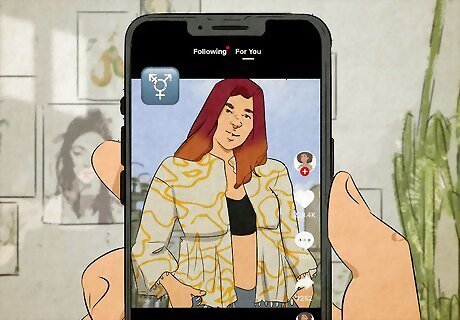
⚧️ (transgender symbol) emoji: transgender symbol Like the trans flag, the transgender symbol is another well-known emblem of the trans community. It features a combination of the male and female gender symbols (♂ and ♀, respectively), along with an arrow with a horizontal line running through it pointing from the top left corner of the central circle. You might use the ⚧️ (transgender symbol) emoji as a means of identifying yourself as a trans individual online. You could also use it as an ally or cisgender (people who identify with the sex they were born as) individual when advocating for or discussing trans issues.
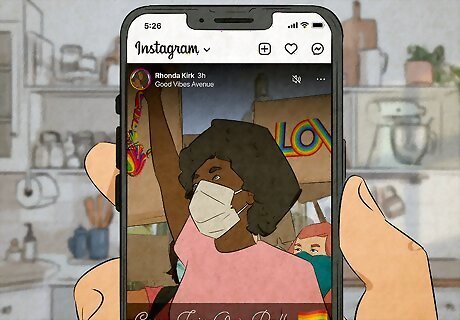
????️???? (rainbow flag) emoji: LGBTQ+ pride flag The rainbow pride flag serves as a universal symbol for members of the queer community. Feel free to use the ????️???? (rainbow flag) emoji and ????️⚧️ (trans flag) emojis in conjunction with each other on a social media profile if you identify as gay (or lesbian, bisexual, pansexual, etc.) as well as transgender. The very first iteration of the rainbow flag was designed by Gilbert Baker in 1978 (at the request of Harvey Milk, a well-known gay rights activist). In his original version, the flag featured lavender, pink, and teal stripes in addition to the traditional 6 rainbow stripes.
History of the Transgender Flag

The trans flag was created in 1999 by activist Monica Helms. As an advocate for trans rights, Helms designed a flag that encompassed all members of the trans community. The light blue and light pink stripes represent men and women, while the central white stripe represents individuals who don’t have a specific gender label for themselves. The white stripe can also stand for people who are currently transitioning to a different gender or intersex individuals. In 2000, the transgender pride flag made its first appearance at a pride parade in Arizona.













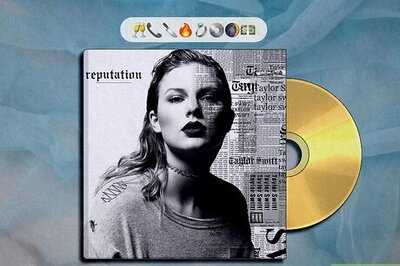


Comments
0 comment